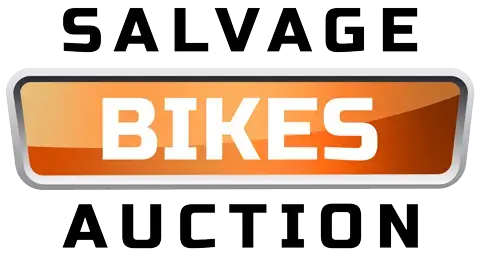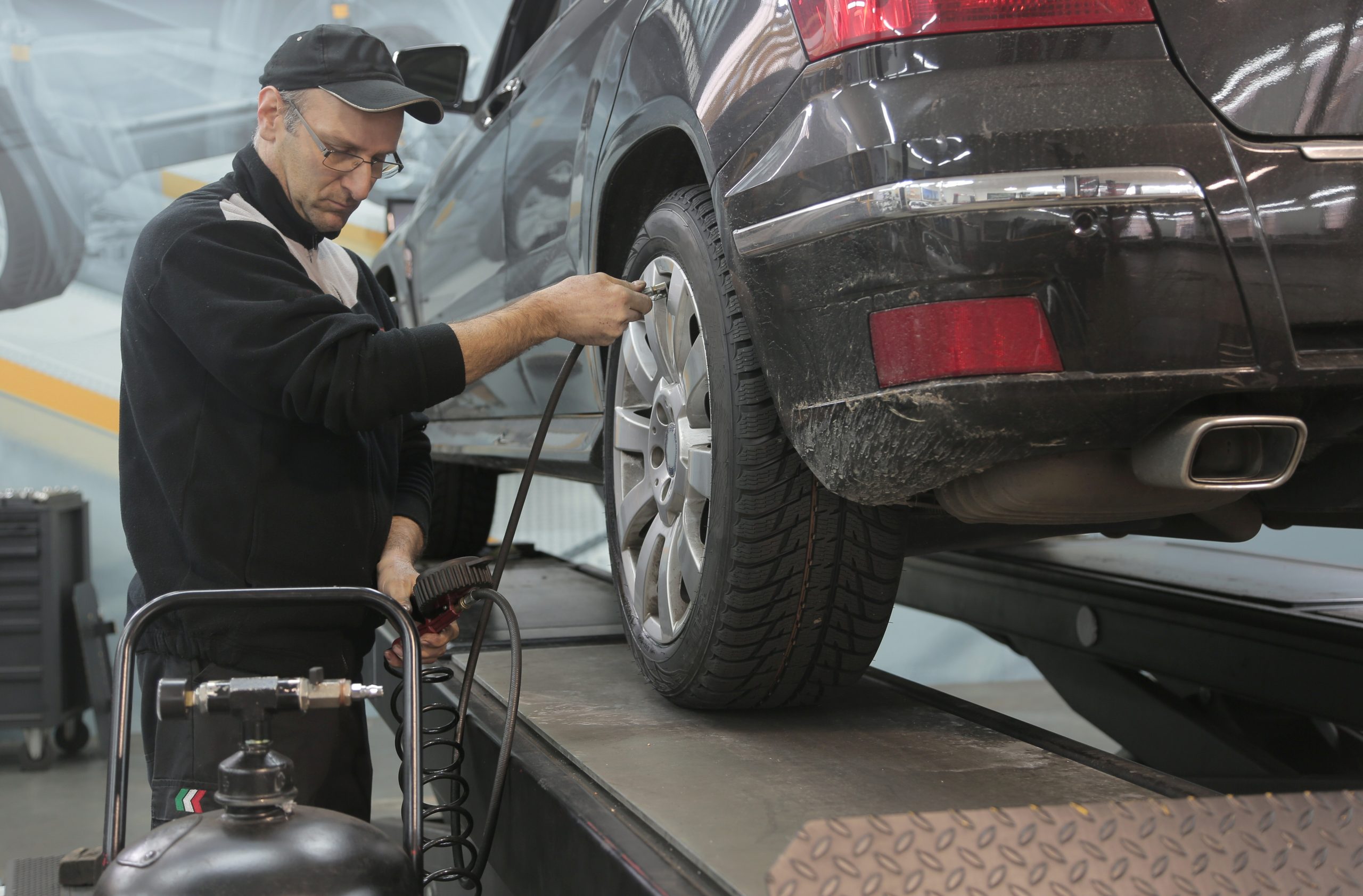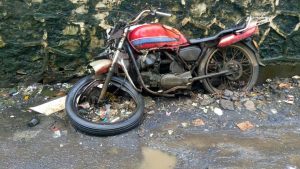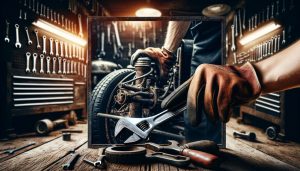What are salvage cars?
Salvage cars, also known as salvage title cars, are vehicles that have been damaged or deemed a total loss by an insurance company. These cars have typically been involved in accidents, floods, fires, or other incidents that have caused significant damage. While salvage cars may have a lower market value due to their condition, they can still be repaired and put back on the road. However, working with salvage cars can present unique challenges and obstacles that require specialized knowledge and expertise.
Why are salvage cars challenging to repair?
Salvage cars present a unique set of challenges when it comes to repairs. One of the main reasons is the extent of damage these cars have suffered. Salvage cars are typically vehicles that have been declared a total loss by insurance companies due to severe damage from accidents, floods, or other incidents. As a result, the repairs required can be extensive and complex. Additionally, salvage cars often have missing or damaged parts, which can make finding suitable replacements a difficult task. Furthermore, the structural integrity of salvage cars may be compromised, requiring specialized techniques and equipment to restore them to their pre-accident condition. Overall, working with salvage cars requires expertise, patience, and a thorough understanding of the unique challenges involved.
Importance of understanding common repair challenges
Understanding common repair challenges is crucial when working with salvage cars. These challenges can vary from mechanical issues to structural damage, and having knowledge about them is essential for a successful repair process. By understanding the common repair challenges, car enthusiasts and professionals can effectively plan and execute the necessary repairs, ensuring the safety and functionality of the salvaged vehicles. Additionally, being aware of these challenges can help individuals make informed decisions when purchasing salvage cars, avoiding potential pitfalls and costly repairs in the future. Therefore, it is of utmost importance to gain a comprehensive understanding of the common repair challenges associated with salvage cars.
Structural Damage
Types of structural damage in salvage cars
When working with salvage cars, one of the common repair challenges is dealing with various types of structural damage. Salvage cars often have extensive damage to their frames, including bent or twisted frames, as well as damage to the pillars, roof, and floor. Another type of structural damage commonly found in salvage cars is damage to the suspension system, which can affect the car’s stability and handling. Repairing these types of structural damage requires specialized knowledge and expertise, as well as the use of proper tools and equipment. It is important to thoroughly assess and address all structural damage in salvage cars to ensure their safe and reliable operation.
Challenges in repairing structural damage
When it comes to repairing structural damage in salvage cars, there are several challenges that mechanics and auto body shops may face. One of the main challenges is assessing the extent of the damage and determining the best course of action. Structural damage can be complex and may require specialized knowledge and equipment to properly repair. Additionally, finding the necessary replacement parts for salvage cars can be difficult, as they may be rare or no longer in production. This can lead to delays in the repair process and increase the overall cost. Furthermore, ensuring the structural integrity of the repaired car is crucial for safety reasons. Mechanics need to carefully inspect and test the repairs to ensure that the car meets all safety standards and regulations. Overcoming these challenges requires expertise, experience, and attention to detail to ensure that salvage cars are repaired effectively and safely.
Tools and techniques for repairing structural damage
When it comes to repairing structural damage in salvage cars, having the right tools and techniques is crucial. Structural damage can be a challenging aspect of working with salvage cars, as it requires precision and expertise. Some of the essential tools for repairing structural damage include hydraulic jacks, frame straightening machines, and measuring systems. These tools help in accurately assessing and correcting any misalignment or deformation in the car’s structure. Additionally, techniques such as welding, panel replacement, and reinforcement are commonly used to restore the structural integrity of salvage cars. It is important to stay updated with the latest tools and techniques in order to effectively address the repair challenges associated with structural damage in salvage cars.
Mechanical Issues
Common mechanical issues in salvage cars
When it comes to salvage cars, one of the most common challenges that mechanics face are the mechanical issues that these vehicles often have. Salvage cars are typically vehicles that have been involved in accidents or have suffered significant damage. As a result, they may have various mechanical problems that need to be addressed. These issues can range from engine problems to transmission issues, electrical malfunctions, and suspension damage. Mechanics working with salvage cars need to have a thorough understanding of these common mechanical issues and be skilled in repairing them. By identifying and addressing these challenges, mechanics can ensure that salvage cars are restored to a safe and functional condition.
Challenges in diagnosing and repairing mechanical issues
When it comes to working with salvage cars, one of the biggest challenges is diagnosing and repairing mechanical issues. These vehicles have often been through significant damage and may have hidden problems that are not immediately apparent. Additionally, salvage cars may have missing or damaged parts, making it more difficult to find replacements. Mechanics working on salvage cars must have extensive knowledge and experience in troubleshooting and repairing various mechanical issues. They need to be able to identify the root cause of the problem and come up with effective solutions. Overall, the process of diagnosing and repairing mechanical issues in salvage cars requires patience, expertise, and a thorough understanding of automotive systems.
Tips for addressing mechanical issues effectively
When it comes to addressing mechanical issues with salvage cars, there are a few tips that can help you tackle the challenges effectively. Firstly, it is important to thoroughly inspect the car and identify the specific mechanical issues that need to be addressed. This will allow you to prioritize the repairs and allocate your resources accordingly. Secondly, it is crucial to have a good understanding of the car’s history and any previous repairs that have been done. This will give you valuable insights into potential underlying issues and help you make informed decisions on how to proceed. Additionally, it is advisable to consult with experts or experienced mechanics who have knowledge and experience working with salvage cars. They can provide valuable guidance and advice on the best approaches to fixing the mechanical issues. Lastly, it is essential to use high-quality replacement parts and follow proper repair procedures to ensure the longevity and reliability of the repairs. By following these tips, you can effectively address mechanical issues when working with salvage cars and ensure that they are restored to their optimal condition.
Electrical Problems

Common electrical problems in salvage cars
When working with salvage cars, one of the most common challenges is dealing with electrical problems. Salvage cars often have damaged or faulty wiring, which can lead to a range of issues. From malfunctioning lights and power windows to complete electrical failures, these problems can be frustrating and time-consuming to fix. It is important to thoroughly inspect the electrical system of a salvage car before purchasing or attempting any repairs. Additionally, it may be necessary to consult a professional or experienced mechanic to properly diagnose and address these electrical issues. By being aware of the common electrical problems in salvage cars and taking the necessary precautions, you can navigate these challenges and successfully restore a salvage car to its full functionality.
Challenges in troubleshooting and fixing electrical issues
When it comes to troubleshooting and fixing electrical issues in salvage cars, there are several challenges that one may encounter. One of the main challenges is identifying the root cause of the issue, as salvage cars often have a history of previous repairs or modifications. This can make it difficult to determine whether the issue is due to a faulty component, wiring problem, or any other underlying issue. Additionally, salvage cars may have outdated or incompatible electrical systems, which can further complicate the troubleshooting process. Another challenge is finding the necessary replacement parts for the electrical system of a salvage car. Due to the unique nature of salvage cars, it may be challenging to find specific parts that are compatible with the car’s make and model. This can result in delays and increased costs during the repair process. Overall, troubleshooting and fixing electrical issues in salvage cars requires expertise, patience, and resourcefulness to overcome these challenges and ensure a successful repair.
Precautions to take when working with electrical systems
When working with electrical systems in salvage cars, it is important to take certain precautions to ensure safety and avoid potential hazards. Firstly, always disconnect the car battery before working on any electrical components to prevent the risk of electric shock. Additionally, it is crucial to wear protective gloves and eyewear to protect yourself from any potential electrical sparks or short circuits. Furthermore, it is recommended to use insulated tools specifically designed for electrical work to minimize the risk of electrical accidents. Lastly, it is essential to follow the manufacturer’s guidelines and wiring diagrams to ensure proper connections and prevent any damage to the electrical system. By taking these precautions, you can safely navigate the challenges that may arise when working with electrical systems in salvage cars.
Bodywork and Paint

Challenges in repairing bodywork and paint on salvage cars
Repairing bodywork and paint on salvage cars presents a unique set of challenges. One of the main difficulties is assessing the extent of the damage. Salvage cars often have significant structural damage, which can be hidden beneath the surface. This makes it crucial for repair professionals to thoroughly inspect the vehicle before beginning any work. Additionally, finding replacement parts for salvage cars can be a challenge. Due to the nature of salvage cars, original parts may not be readily available, requiring repairers to source alternative options. Finally, achieving a seamless paint job on a salvage car can be tricky. Matching the color and texture of the existing paint can be difficult, especially if the car has been repainted multiple times. Despite these challenges, skilled repair professionals can overcome them to restore salvage cars to their former glory.
Techniques for restoring the appearance of salvage cars
Restoring the appearance of salvage cars can be a challenging task, but with the right techniques, it is possible to achieve impressive results. One of the key techniques is thorough cleaning and detailing, which involves removing dirt, grime, and stains from both the exterior and interior of the car. This can be done using specialized cleaning products and tools to ensure a deep and thorough clean. Additionally, repairing any visible damage, such as dents, scratches, or rust, is essential to restoring the car’s appearance. This may involve using body filler, sanding, and repainting to achieve a smooth and flawless surface. Finally, paying attention to the small details, such as replacing worn-out trim pieces, fixing broken lights, and polishing the car’s exterior, can greatly enhance its overall appearance. By employing these techniques, salvage cars can be transformed into visually appealing vehicles that look as good as new.
Considerations for matching paint colors
When it comes to working with salvage cars, one of the biggest challenges is matching paint colors. Salvage cars often have different panels from different vehicles, which means that the paint colors may not match perfectly. This can be a frustrating and time-consuming process for repair professionals. To ensure a seamless finish, it is important to consider various factors such as the age of the vehicle, the type of paint used, and the condition of the panels. Additionally, using color-matching technology and consulting with experts can help in achieving the best possible results. Taking these considerations into account will help repair professionals overcome the challenges associated with matching paint colors on salvage cars.
Documentation and Legal Requirements

Importance of proper documentation when working with salvage cars
When working with salvage cars, proper documentation is of utmost importance. It not only ensures legal compliance but also helps in understanding the history and condition of the vehicle. Having accurate documentation allows repair technicians to identify any previous damages or repairs, which can affect the overall repair process. Additionally, proper documentation assists in determining the value of the salvage car, especially if it needs to be resold or insured. Without proper documentation, there is a risk of encountering challenges such as incorrect identification of parts, difficulty in obtaining necessary permits, and potential legal issues. Therefore, it is crucial to prioritize proper documentation when working with salvage cars.
Legal requirements for repairing salvage cars
When it comes to repairing salvage cars, there are several legal requirements that must be taken into consideration. These requirements are in place to ensure the safety of both the repairer and the future owner of the vehicle. One of the primary legal requirements is obtaining a salvage title for the car, which indicates that the vehicle has been previously damaged and is deemed salvageable. Additionally, depending on the state or country, there may be specific regulations regarding the inspection and certification of the repairs made to salvage cars. It is crucial to adhere to these legal requirements to avoid any legal complications and to ensure that the repaired salvage car meets all safety standards.
Tips for navigating the salvage car repair process
Navigating the salvage car repair process can be a daunting task, but with the right tips, it can become a smoother experience. One important tip is to thoroughly assess the damage before starting any repairs. This will help you determine the extent of the repairs needed and plan your budget accordingly. Additionally, it is crucial to research and find reputable salvage yards or auto parts suppliers to ensure you get quality replacement parts at reasonable prices. Another helpful tip is to consult with experienced mechanics or auto body specialists who have expertise in working with salvage cars. They can provide valuable guidance and advice throughout the repair process. Lastly, it is essential to keep detailed records of all repairs, expenses, and parts used, as this will be helpful for insurance claims or future resale. By following these tips, you can navigate the salvage car repair process with confidence and achieve successful results.










